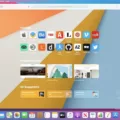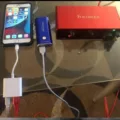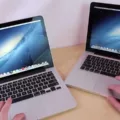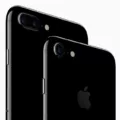Phone screens are one of the most fragile components of your mobile device. While they may be quite strong in terms of protection against drops and other types of damage, they still tend to get scratched or cracked over time. Fortunately, there are a few simple steps you can take to help fix scratches and cracks on your phone screen without taking it to a professional or buying a new one.
The firt step is to assess the extent of the damage. If the scratch is minor and does not extend beyond the surface layer, then you may be able to fix it yourself with some basic supplies. However, if the scratch is deep enough that it has gone through several layers of the display, then it will require more advanced repairs that should only be done by a professional.
Once you have determined that a DIY repair is possible, you will need to gather some supplies. The most important item for fixing phone screens is an LCD screen protector. This will help protect your phone from further scratches while also providing an even surface for applying polish or other substances used in the repair process. Additionally, you may need some rubbing alcohol and cotton swabs as well as a microfiber cloth and some plastic polish designed specifically for phone screens.
Now that you have all your supplies ready, the next step is to clean off any dirt or debris on the screen so that you have a clear surface to work with. You can do this by using rubbing alcohol on a cotton swab and carefully wiping off any dirt or smudges from the screen. Once this is done, use your microfiber cloth to buff away any excess residue from the cleaning process before moving onto polishing.
For minor scratches, applying some plastic polish directly to the affected area should help reduce their appearance significantly without damaging your phone’s display further. If you’re dealing with more extensive damage such as deep scratches or cracks, then it’s best to seek professional help at this point since more extensive repairs can often cause further damage if done incorrectly by someone inexperienced in repairing phone screens.
By folowing these simple steps, you should be able to fix minor scratches on your phone screen without spending too much money or time on repairs! Just remember not to attempt any repairs beyond what we outlined above unless you are completely sure about what you’re doing – otherwise it could end up costing you even more money than expected in order to fix your damaged device!
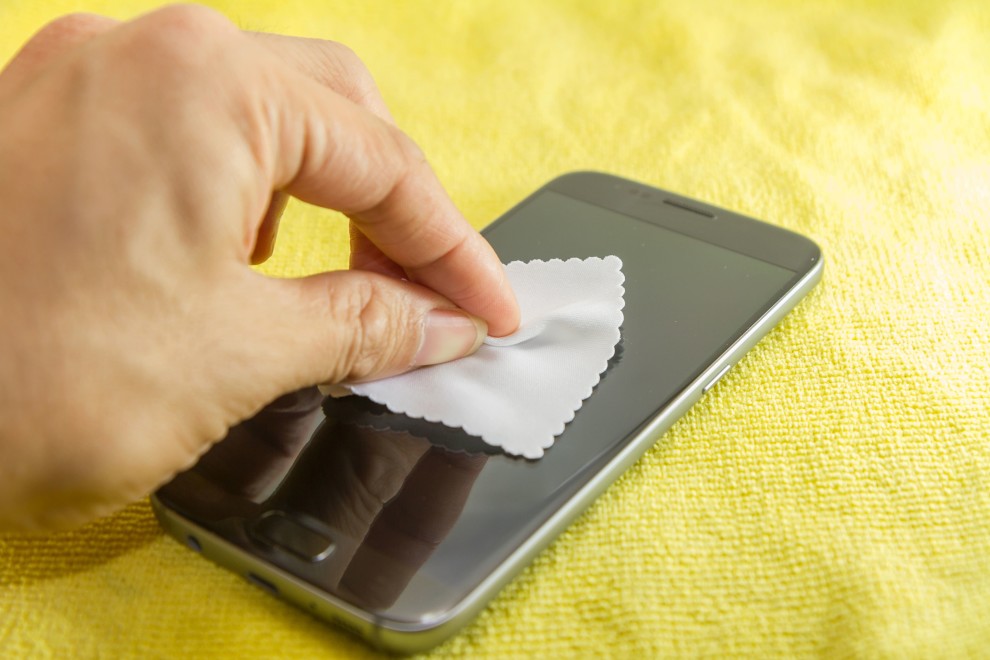
Removing Scratches from a Phone
To get rid of scratches on your phone, you can use a few different methods.
First, you can try using a microfiber cloth to gently buff out the scratches. Make sure to use a circular motion and do not press too hard as this may cause more damage to the device. You can also apply some car wax or metal polish to the scratched area, then buff it out with a cloth.
You can also try using toothpaste to fill in the scratches. Dab a small amount of toothpaste onto a cotton swab and then rub it onto the scratched area. Once you’re done, wipe off any excess toothpaste with a damp cloth.
Finally, if none of these methods work, you may need to replace the part that is scratched or take your phone into a repair shop for professional help.
Cost of Removing Scratches from a Phone
It depends on the severity of the scratches and whether you opt for a professional repair. If it’s just a few shallow scratches, you can purchase a DIY kit online for around $60 and tackle them yourself. If you want to go the professional route, prices vary but can range anywhere from $50-$150 or more depending on the repair shop and type of phone. In either case, it’s best to compare prices and read reviews before making your decision.
Can Eraser Remove Scratches From a Phone?
Yes, an eraser can be used to remove scratches from your phone’s screen. Start by rubbing the scratched area in a circular motion with a white rubber eraser for about 60 seconds. This shoud help to remove the top layer of the scratch and make it less visible. For deeper scratches, you may need to use a pencil-type eraser, which is slightly harder and will help buff out the mark more effectively. If you’re still not satisfied with the results, you may need to purchase a screen protector for your phone.
The Effectiveness of Toothpaste in Repairing a Cracked Screen
No, toothpaste is not a suitable solution for repairing a cracked phone screen. While it may be able to help with minor surface scratches and make your screen smoother, it cannot fix a broken screen. If the crack is more than superficial, it is lkely that you will need to have your phone serviced to have the screen replaced or repaired professionally.
Removing Scratches From Glass
Yes, it is possible to remove scratches from glass. You can use a plain white toothpaste or a mildly abrasive soap for heavy-duty hand cleaning, such as liquid pumice. To use the toothpaste, simply apply a small amount of toothpaste directly to the scratched area and rub with a damp cloth in circular motions util the scratch disappears. For the soap, mix a small amount of soap with water and apply it to the scratched area using a soft cloth. Rub gently in circular motions until the scratch has disappeared. Allow both solutions to dry completely before wiping away any excess product that may be left behind.
The Normalcy of Phone Scratches
Yes, phone scratches are normal. With the widespread use of touchscreens and smartphones, people are constantly handling and using teir devices in all sorts of ways, which can lead to the accumulation of scratches. While some scratches may be minor and cosmetic, some may be deep enough to affect the functionality of your device. Scratches can occur from everyday activities such as putting your phone in a back pocket or purse, placing it on a rough surface like gravel, or accidentally dropping it on hard ground. To reduce the risk of getting scratches on your phone, you can use a protective case or screen protector to provide an extra layer of protection.
Using Baking Soda to Fix a Cracked Screen
Baking soda can be used to fix a cracked phone screen as it has mild abrasive properties. To use baking soda to fix a cracked screen, make a paste by mixing two parts baking soda with one part water. This should form a thick paste. Then, using a piece of cloth or cotton swab, gently rub the paste onto the cracked screen in small circles. This will help to buff out the scratches and smooth out the surface. Afterward, use a damp cloth to remove any remaining residue from the screen.
Removing Fine Scratches From Tempered Glass
Removing fine scratches from tempered glass is relatively simple and can be done with items you liely already have in your home. To do so, start by applying a small amount of whitening toothpaste to a soft, clean cloth. Gently buff the scratched glass in small circular motions. The abrasive properties of the toothpaste are enough to remove small scratches from tempered glass. For best results, use only a light pressure and make sure not to rub too hard. Once you have finished buffing the area, rinse off the toothpaste with lukewarm water and dry with a soft cloth. With this method, you should be able to remove most fine scratches from tempered glass surfaces.

Source: apple.com
Can Rice Repair a Cracked Phone Screen?
No, unfortunately rice cannot fix a cracked phone screen. While it can be used as a desiccant to absorb moisture, it won’t be able to repair the actual physical damage caused by a cracked screen. If your phone has a cracked screen, your best bet is to take it to a professional repair shop and have them replace the screen.
Can Liquid Glass Be Used to Fill in Scratches?
No, a liquid glass screen protector cannot fill in scratches. It is designed to create an invisible protective coating over the surface of your device, which prevents scratches and other damage from occurring in the first place. While the liquid glass does provide additional impact protection, it will not repair existing scratches or cracks on your screen. Once it is damaged, it cannot be removed or replaced.
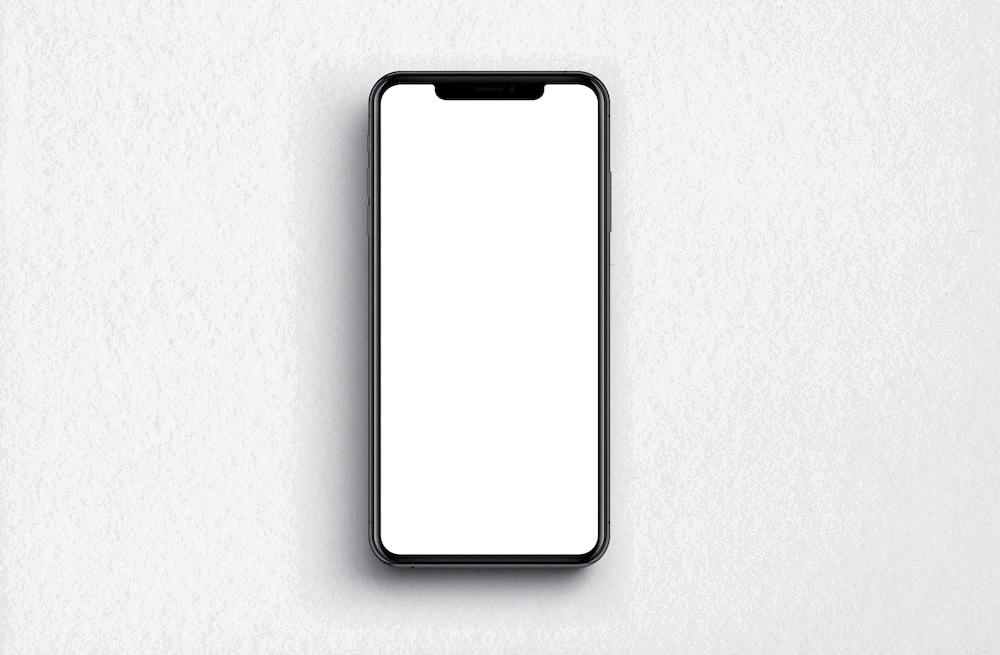
Source: unsplash.com
Do Screen Protectors Provide Effective Protection?
Screen protectors can be a good way to help prevent minor scratches and dings on your phone that may not affect the usability of your device. However, they can also reduce the image quality and usability of your phone in certain cases, so it is important to weigh the pros and cons before purchasing one. If you would like an added layer of protection but don’t want to invest in a screen protector, you may want to consider gettig screen replacement insurance or protection for a fraction of the cost.
The Fragility of Phone Screens: Why Do They Scratch So Easily?
Phone screens scratch easily because they are made of tempered glass. Tempered glass is a type of safety glass that has been treated with heat and chemicals to increase its strength and make it more shatter-resistant. During the tempering process, internal stresses are created in the glass which make it more susceptible to scratching when any stress is placd on its surface. Additionally, phone screens tend to be thinner than other types of tempered glass, making them even more prone to scratching.
The Causes of Phone Scratching
Scratches on your phone can be caused by a variety of things, such as day-to-day use and wear and tear, dropping your phone, using abrasive materials to clean it, or even storing it in a pocket with sharp items. To prevent scratches, you can use a protective case that offers shock absorption as well as a screen protector to guard against scratches. Additionally, ensure you are cleaning your phone with the right materials – only use soft cloths and gentle cleaning solutions.


